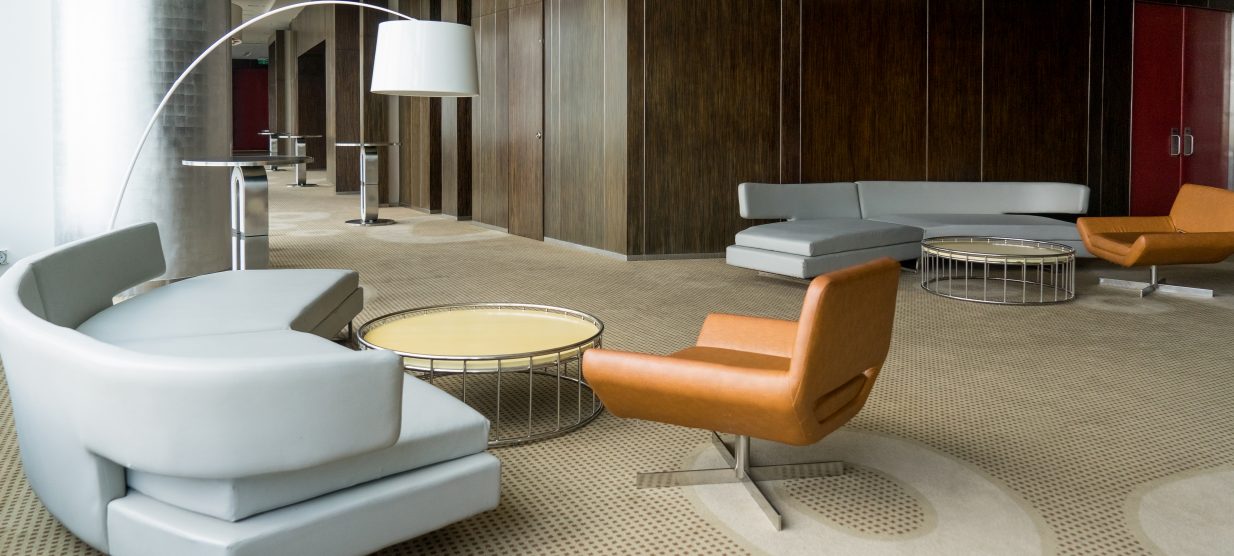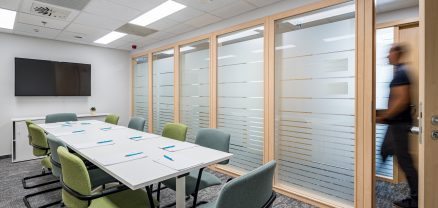The Role of Breakout Spaces in Modern Offices
The design of today’s offices is about much more than cubicles and conference rooms. Modern workplaces aim to support not just productivity but also creativity, collaboration, and employee well-being. That’s where breakout spaces come into play. These versatile areas are designed for informal interactions, mental rejuvenation, and even out-of-the-box thinking.
But what exactly makes breakout spaces so essential to modern office environments? Below, we explore their benefits and how innovative designs are reshaping workplace culture.
Why Breakout Spaces Matter
Breakout spaces are informal areas within an office where employees can step away from their desks. These spaces serve a variety of purposes, from recharging mentally to brainstorming collaboratively. They’re increasingly seen not as luxury additions but as necessities in fostering a balanced and productive work culture.
Boosting Creativity Through Change of Scenery
Doing the same task at the same desk every day can become monotonous. Breakout spaces provide an opportunity to switch environments and spark creativity. For example, stepping into a cozy lounge area or a vibrant space with inspiring decor can stimulate fresh ideas in ways that a traditional workstation simply can’t.
One global tech company designed its breakout spaces with unique themes, including one mimicking a rainforest and another styled like a cozy library. Employees raved about how the change of scenery helped unblock creative ideas and solve complex problems.
Encouraging Collaboration and Informal Interactions
Breakout spaces are ideal for fostering informal interactions that often lead to innovation. These areas create a relaxed environment where employees from different teams can cross paths, share ideas, and build connections. Often, these casual encounters lead to the kind of brainstorming sessions that fuel innovation.
A leading advertising agency placed communal tables, comfortable sofas, and writable surfaces in their breakout zones. The result? Teams began using these spaces for impromptu strategy sessions, leading to quicker decision-making and better overall collaboration.
Supporting Mental Breaks and Employee Well-Being
Short breaks during the workday aren’t a sign of slacking; they’re essential for maintaining mental focus and energy. Breakout spaces encourage employees to take these much-needed pauses—from grabbing a coffee to simply relaxing in a quiet corner.
Research consistently shows that mental breaks improve focus and reduce stress, leading to higher productivity. Offices that incorporate spaces for informal relaxation, such as bean bags, meditation pods, or even gaming areas, often report a noticeable boost in employee morale.
Flexible Furniture for Versatile Use
Furniture that can be easily moved or rearranged makes breakout spaces adaptable for multiple functions. Modular seating, foldable tables, and stackable chairs allow teams to convert an area into whatever they need, whether it’s a collaborative zone or a space for personal reflection.
How Breakout Spaces Shape Office Culture
Including breakout spaces in office design also sends an important message: the company cares about employee well-being. By providing thoughtfully designed areas for relaxation and collaboration, businesses demonstrate that they value a balanced approach to work.
Breakout spaces also contribute to cultivating inclusivity. Employees who might not feel comfortable contributing in formal meetings often find their voice in these informal zones. Over time, this creates an environment where collaboration happens naturally, and everyone feels like they have a role to play.
The Productivity Payoff
Investing in breakout spaces isn’t just about aesthetics or employee satisfaction; it leads to measurable results. Businesses incorporating these spaces often find that employees are more engaged, productive, and better aligned with company goals.
What’s more, with the rise of hybrid working models, breakout spaces offer a valuable middle ground. Employees returning to the office part-time need areas that blend comfort with function, making their workday more fulfilling and productive.
Final Thoughts
Breakout spaces might appear to be a modern workplace trend on the surface, but their lasting impact on creativity, collaboration, and well-being proves otherwise. These spaces embody the shift toward more human-centered office design. When employees feel supported and inspired by their work environment, they perform at their best.
Ultimately, incorporating breakout spaces into the office isn’t just about improving work; it’s about shaping a healthier, happier, and more innovative workplace culture. For businesses looking to boost both productivity and morale, the breakout space might just be the most important room in the office.

Do not hesitate to contact us
Get in touch, if you have any question


